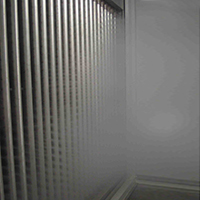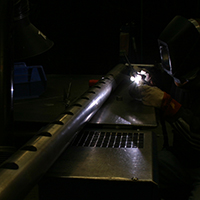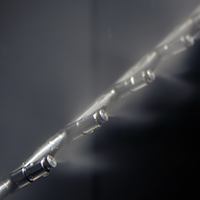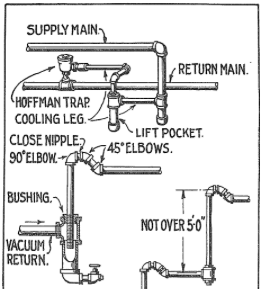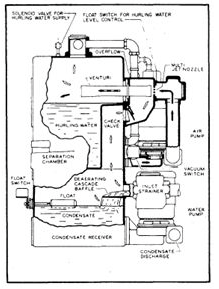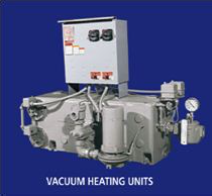In humidification systems, we know that steam absorption distance is important. We also know that various distribution methods have different required absorption distances. How do …
Steam Absorption Distance: Humidification Basics Part 10
What is humidification steam absorption distance, and why is it critical in humidification applications? Absorption distance is the length of duct that is required to change …
Importance of Water Quality and Type: Humidification Basics Part 9
Water quality is an important concern when it comes to humidification. Regardless of what type of humidification you’re using (isothermal or adiabatic), chances are you …
Adiabatic Humidification: Humidification Basics Part 8
Recently, we discussed isothermal humidification. Today, we’re going to talk about the other method of humidification, which is called “Adiabatic.” Adiabatic humidification puts water (not steam) …
Steam Isothermal Humidification: Humidification Basics Part 6
In many ways, Psychrometrics is like a Rubik’s Cube. Change one thing, and you automatically change something else. But instead of shifting colored cubes around, …
Steam Vent Operating Pressure
I have a 15 psig steam system which operates at about 7 PSIG most of the time. Is the Hoffman Main Steam Vent Model 75 appropriate for this application with its listed 15 psig maximum?
Can I change my Vacuum Condensate Pump to a Simple condensate Pump? (Part 3)
When you use the word vacuum with most people, they think of sucking something up like a vacuum cleaner does. There are times that vacuum condensate systems were used to lift or “suck up” the condensate from a lower level. Today, we will examine the use of vacuum condensate pumps to lift condensate from a low return.
Can I change my Vacuum Condensate Pump to a Simple condensate Pump? (Part 2)
We began a series about vacuum condensate units and introduced one of their uses: the reduction of time to bring a building up to temperature …
Can I Change My Vacuum Condensate Pump to a Simple Condensate Pump? (Part 1)
Every heating season we get, at least, a half dozen calls with the question above, which is the subject of today’s R. L. Deppmann Monday Morning Minute. Vacuum condensate transfer pumps exist in many older steam heating systems. There were many reasons contractors and engineers used these pumps but most of the systems fall into three categories: time control, temperature control, and condensate lift.
Absorption Distance In Action
In the last couple Monday Morning Minutes, we showed how the type of humidifier dispersion method could affect the absorption distance. Let’s look at an example. Ex: 5000 CFM at 55OF Duct temperature to provide a room RH at 35% at 70OF with 50% outside air. [Read more…]

